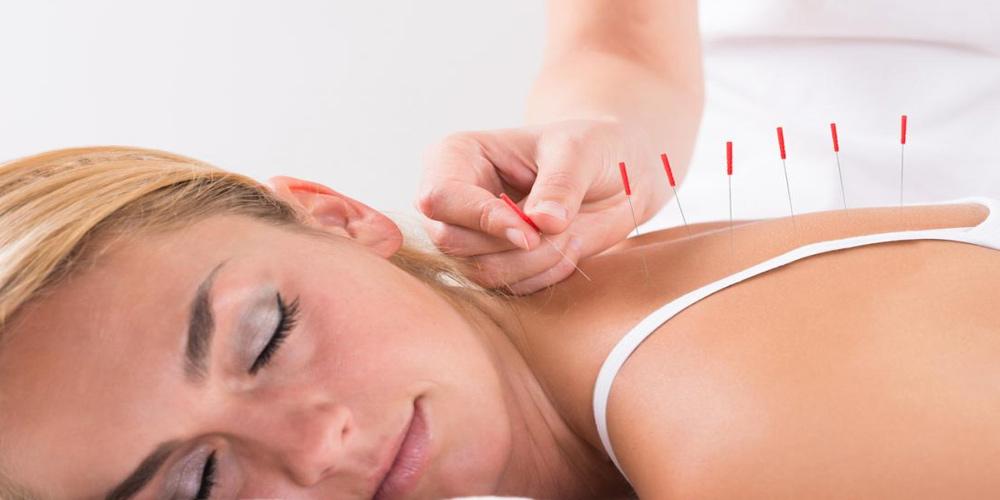
Working adults (ages 18 to 64) represent 63% of the population and account for 72% of all low back pain (LBP) health care visits. Low back pain has been identified categorically as acute, subacute, or chronic, depending on the onset, duration, and severity. Risk factors have included occupational posture, depressive moods, obesity, gender, and age, and risk is most likely affected by a combination of several of these variables. Low back pain is not a disease but rather a group of signs and symptoms that affects all age groups across the lifespan. It has been shown to be more common from age 35 to 55, with a higher prevalence in women.
The World Health Organization anticipates that as the world population ages, the incidence of LBP will increase substantially and become of the leading conditions for which the aging population will seek out medical intervention.
Acupuncture may help improve quality of life as well as reduce lost workplace productivity through more effective and sustained pain relief. Stimulating nerves located in muscles and other tissues with the application of fine needles may lead to the release of endorphins and other neuro-humoral factors. The expected result is a change in pain processing between the brain and spinal cord.
Acupuncture has demonstrated efficacy in reducing inflammation by promoting the release of vascular and immunomodulatory factors and increasing local microcirculation. In turn, this may support better joint movement and relief of muscle stiffness as well as aid the healing of swelling and bruising.
While the evidence for acupuncture remains inconclusive, there are a growing number of studies offering clinical support for the benefits of using acupuncture to address LBP.
Four Pillars of Chinese Medicine